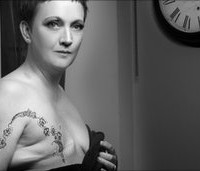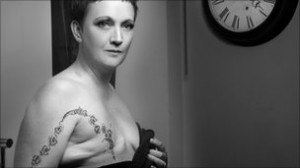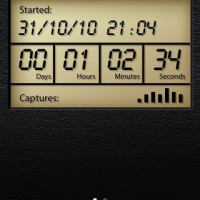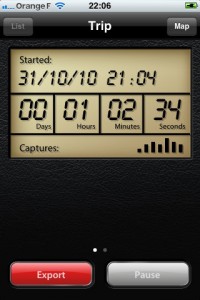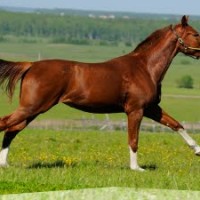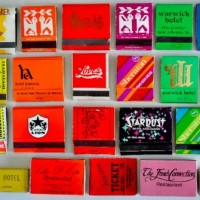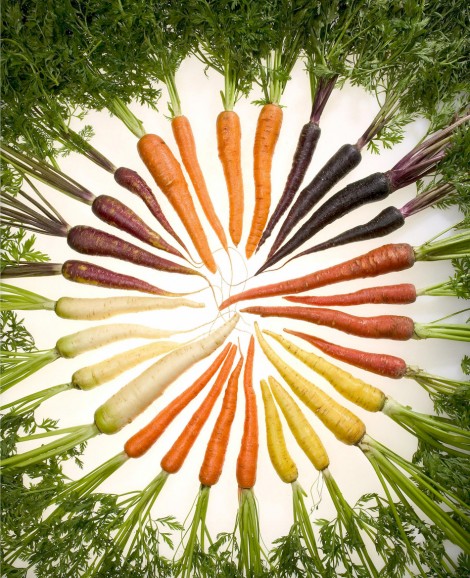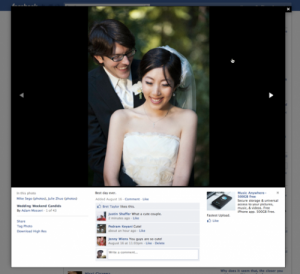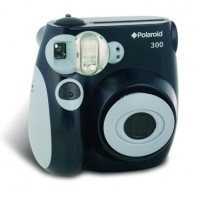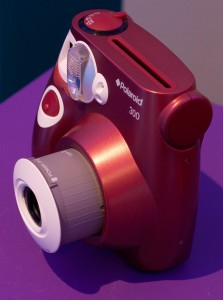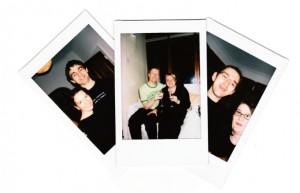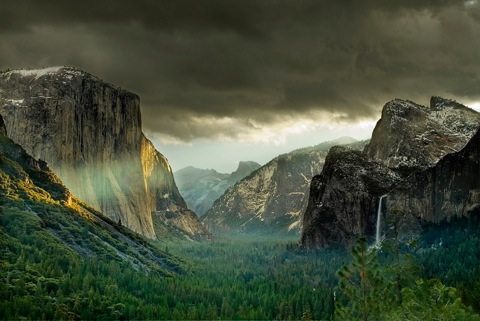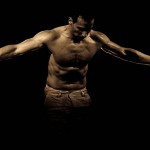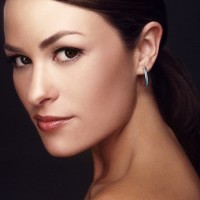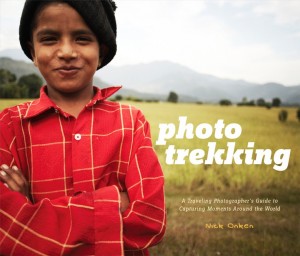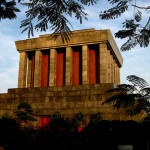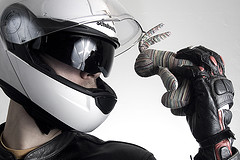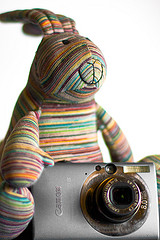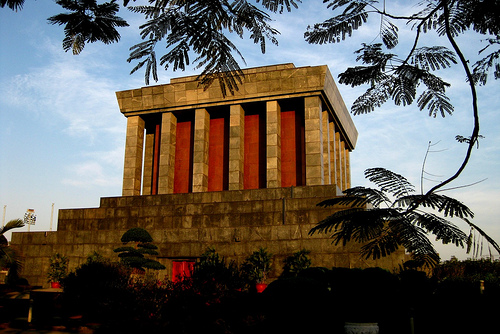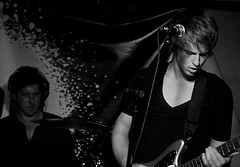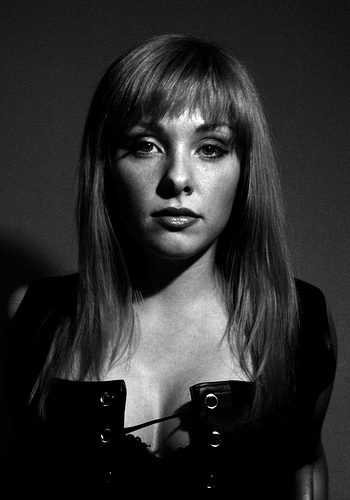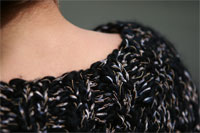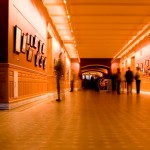
“Hey”, they’ll say, “You’re a photographer! We should go to this really great photography exhibition”. I stick on my best grin, nod with feigned enthusiasm, and go along. Over the years, I’ve grown to learn that (with a very few notable exceptions), I’ll regret that decision.
It’s not that I don’t like photography. Quite the exact opposite, in fact. I live, breathe, write and occasionally sing photography. I love looking at photographs, nothing makes me happier than seeing a friend (of which I have several thousand) achieving a new milestone in their development as a photographer, and I do a 1980s-style punch-the-air whenever I get a particularly good photo myself.
So why the disenfranchisificationated feeling about photo galleries and exhibitions?
As with all good stories, we’ll need to begin at the beginning. And that’s not why go to an exhibition, it’s why I take photos and love photography.
The things that drive me to take photos

Photos like these - holiday snaps - mean a lot to me; but I don't expect anyone else to get excited about them.
Truly, I would be the first to admit that I’m not that great a photographer. I occasionally get stuff in focus, and I guess I’ve developed an ‘eye’ over the years, but take a look at my Flickr gallery, and you’ll see that I still have a lot to learn.
The difference between myself and many other photographers is that, really, I’m a writer and technologist at heart. I take photos because it drives me to write. I learn new techniques because I’m deeply fascinated by the physics (and, as a subgenre, the optics) that are part of photography. I’m happiest when I’m exploring how to build a laser trigger for my camera, how to make my own macro lens, experimenting with studio lighting, or exploring how to photograph smoke.
So if being an inquisitive geek is what drives me to take photos, why do I want to look at other people’s photos?
I want to see photos I couldn’t have taken myself

My favourite type of photo is where I can't tell how the hell they've achieved the photo
So, as a technologist and amateur physicist and writer who has photography as a serious hobby, there’s no way I should be able to take the photos I see in galleries, right? Sadly, that’s not the case. I rather frequently see photos that are on par with – or not as good as – my own. It makes me uneasy, how big-shot photographers with big budgets and celebrity models deliver work which is, frankly, disheartening.
I suppose I’m in a strange position anyway; As a ghost writer, I write books for other photographers (there’s a different post in that, somewhere), which means that I’ve trained myself to ‘read’ photos. “Oh, in this photo they’ve used a soft light source from the top, a slight kicker from the left, and a gelled flash from the rear to highlight their hair, combined with a wind machine to give their hair a bit of motion”. I don’t even have to think anymore, stuff like that comes to me naturally.
Photos that really impress me are the ones where I can’t quite figure out what they’ve done; like this incredible portrait Gregory Heisler shot of NYC mayor Rudy Giuliani back in 2001. It’s an incredible shot that took several days worth of preparation. If you’re curious, Heisler explained how he did it in a YouTube video – a good way to spend six minutes of your life.

Gregory Crewdson. What a legend. (click to see more)
Another photographer who consistently impresses me is Gregory Crewdson – he frequently hires a full film crew to create deliciously elaborate photos; with so much attention to lighting and every detail in his photos, it’s inspirational stuff. And something I probably wouldn’t be able to recreate – certainly not with the same quality, vision, and sheer amazingness.
Anyway; in gallery-world, you often get photographers who – through hard work, dumb luck, or a delicious mélange of both – have caught someone’s eye in such a way that they have been invited to put on an exhibition.
I’m not bitter – I know my photography isn’t gallery-worthy; but the sad truth is that whenever I go look at photography exhibitions, I walk away with the impression that what I’ve just seen isn’t gallery-worthy either.
An analogy from another world

I would be hard pushed to cook something that tastes this nice; and if I could, it certainly wouldn't look this good. This way, a restaurant offers something beyond what I can do myself, and makes it worth my while. I expect the same from a gallery exhibition.
My good friend Daniela (who edits my Small Aperture site for me), points out that my take on photography is similar to her take on food. “I’m not a chef, but I’m pretty bloody damned competent in the kitchen. Not only do I have the technical skill to be able to pull off interesting feasts, but I’m blessed with a mind’s palate: I know what things will taste like in my head before I’ve even tried them,” she explains, in a way that is eerily close to my take on photography. “Not only do I know how to make ice cream, but I know what flavours will work well in the ice cream and I know what to pair with this ice cream to make the perfect dessert.”
Of course, being blessed with a gastronomical mind doesn’t come without its downsides. “Taking me out to eat is a minefield,” Daniela admits – and I can testify to the same. “I do not want to pay for food that I can make myself, and in many cases almost certainly make better than is presented to me on a plate,” she explains. “I never order risotto in a restaurant”.
With good reason. I’ve had her risotto. It’s epic.
Why gallery photos don’t stack up
So not only do I want to be looking at an exhibition of pictures that somehow inspire and intrigue me, and with which I have some emotional connection, there’s another important element that cannot be overlooked. Curation.
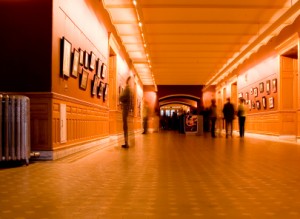
As computer screens get better, and the interactivity of photo sharing websites get better, this is becoming a less attractive way of exploring photography.
To all those exhibition curators out there: do it properly. I would much rather look at three very good photos that tell a short story together, than 30 so-so shots that embroider a full-length novel. I’m not the only one who thinks this: I’ve frequently seen my fellow photographer friends rip to shreds badly curated exhibitions, even if they contain individual photos containing much awesomeness.
I don’t think I’m lying if I say that I’m disappointed more often than I’m impressed by photo galleries and their exhibitions. Of course, it’s often very impressive what they are doing, but I think I may be spoiled. Between my 2,000+ Flickr contacts, Boston.com’s The Big Picture, and the hundreds of photos I come across via my 100-odd RSS feeds, I’m spoiled rotten.
Some would argue that these photographers wouldn’t be so good as they are if it hadn’t been for the great and famous photographers; the ones who invent new techniques, or perfect the old ones. That’s true, of course, but even when you turn to our great contemporary photographers, like Rankin and Liebowitz, I find that they fall short.
So what kind of photos do I want to look at?
Y’know, a while ago I started a photography course for newbies. I have to admit that I haven’t given it the attention it deserves recently, but the photos my complete n00bs have been creating have been impressive. They have been orders of magnitude less impressive (both technically and creatively) than the stuff Heisler, Liebowitz and Rankin do, of course, but that’s not the point: These are photographers I have a relationship with: I know them. I know what they are capable of, and I see them improve their photography as they progress through the course.
There’s something magical about seeing photos taken by people you know; I’m willing to forgive them for a lot of the things I’m complaining about above; much in the same way that you would tolerate sitting through your friend’s photos from on holiday, but you wouldn’t give two hoots about the vacation snaps from a complete stranger.
The lack of interactivity
The final problem I have with gallery shows is that there is no way to show your appreciation of a photo. On Flickr, I’ll favourite photos that impress me in one way or another. I’ll leave constructive criticism of pictures I feel could be improved. I’ll link to photos via my Twitter stream if they impress me extra much, to share them with the 8,000-odd people who follow me there.
Unless the photographer happens to be present (which happens only on opening night, generally), a gallery is a passive experience. “A time to reflect”, you might say, but I say bollocks to that – if a photographer has made a strange choice about framing or focus or lighting, I want to talk to them about it. I want to know whether it was done intentionally, and if so, why. I want to congratulate them on their finest works and – by means of exclusion – show them which photos I’m less impressed by. If they’re interested, I’ll even tell them why.
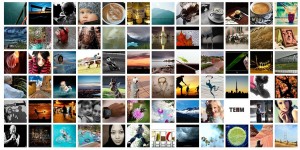
My 2000-odd favourites on Flickr are a pretty impressive photo collection; personal to me, full of the photos of my friends and people I admire. That's a gallery exhibit I'd go to in a heartbeat!
Don’t get me wrong; I understand that some people don’t give two flying fornicative efforts about what some random opinionated dude on the Internet has to say about their photos. Perhaps they’ve done everything in the photo exactly the way they planned; and that their slight under-exposure was intentional, to explain something or other about how society works. I totally get that. And it may work for others. But I don’t buy it anymore: my world has become too interactive to waste my time on one-way communication. It’s why I don’t watch television anymore; it’s why I rarely read paper newspapers. (The one outlier here is music and movies; I have no inclination to comment on music tracks or cinematic experiences: I suppose they’re too far removed from the bubble where I feel that my influence has any insightful meaning).
I think I’m going to give gallery shows a bit of a rest for now. I’ve been disappointed too often. Instead, I’m going to make Flickr my world-wide image gallery; it does everything I want and need from a photo-viewing experience.
And if I don’t like a photo, I can click on to the next one without feeling bad about it.
Maybe that’s the crux of the matter: Having to take physical action to walk away from (or straight past, with a sideways glance) a photograph. It feels as if you’re going out of your way to be left unimpressed by a photo in the way a quick click with a mouse doesn’t.
Do you enjoy a smattering of random photography links? Well, squire, I welcome thee to join me on Twitter -
© Kamps Consulting Ltd. This article is licenced for use on Pixiq only. Please do not reproduce wholly or in part without a license. More info.
